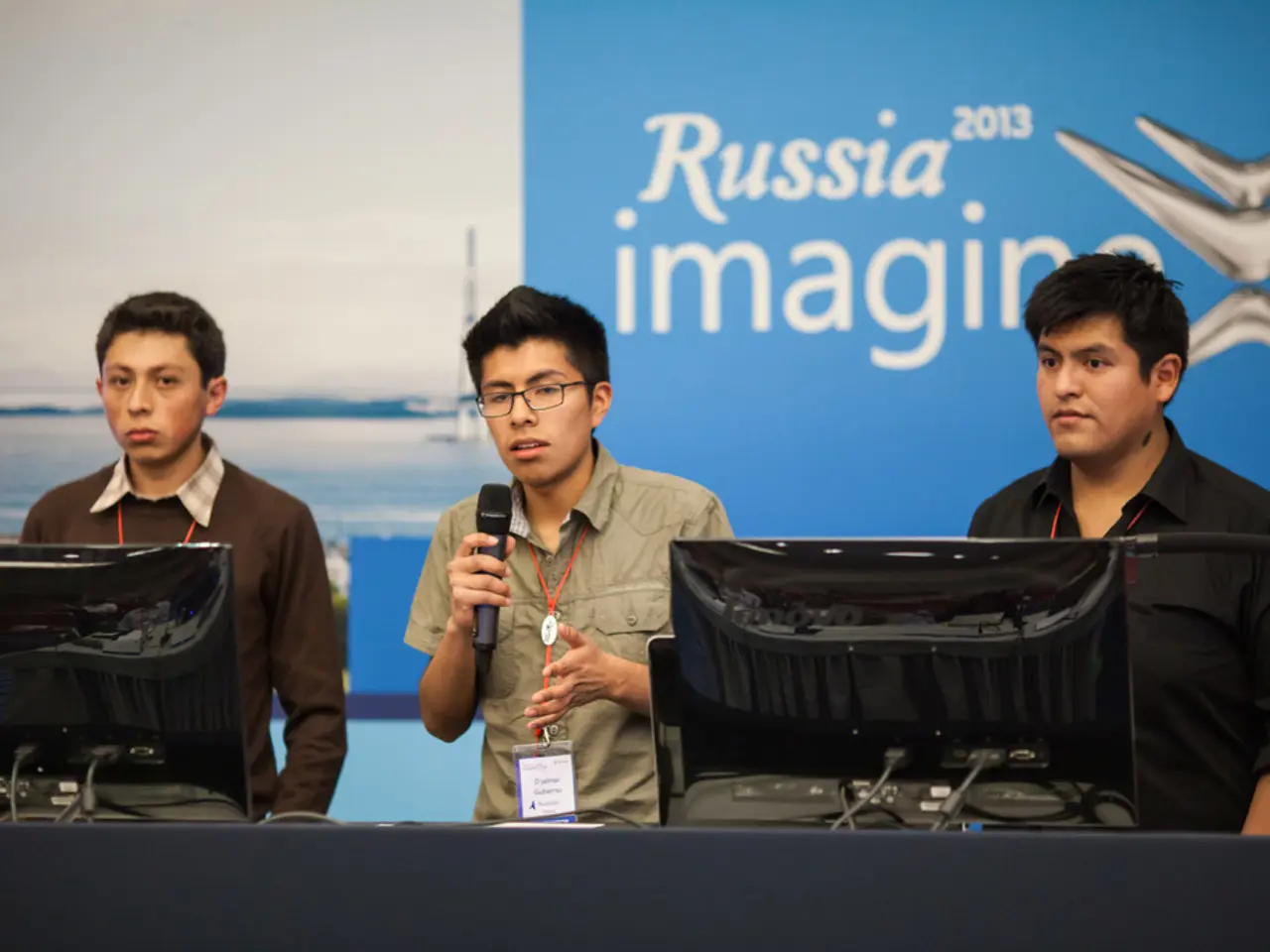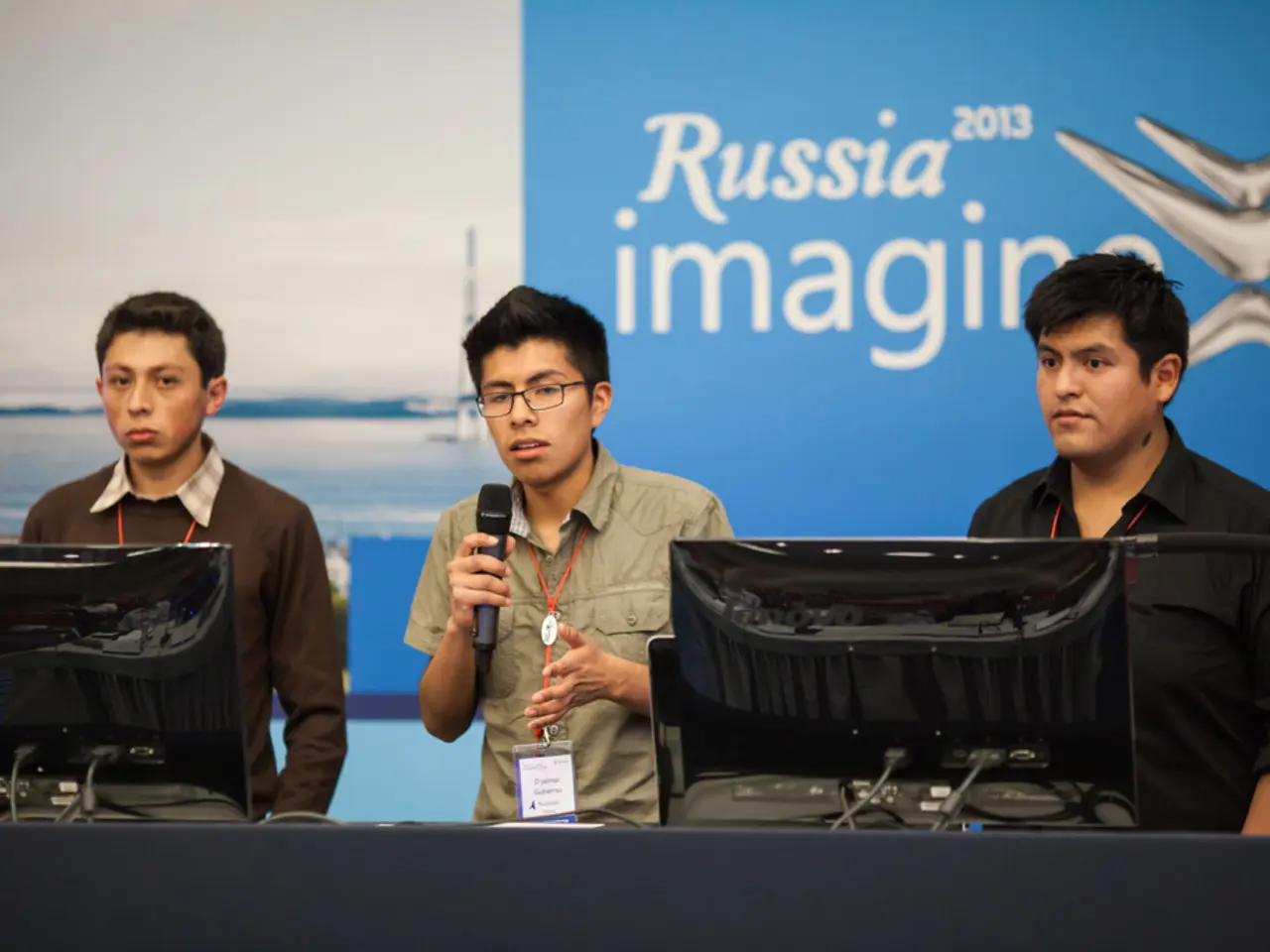Unforeseen Contributors: Which among these options is Not a Significant Driver in Political Shifts?
Party realignment is a dynamic and ongoing process in political systems, shaped by various socio-political factors. This article explores the key factors that influence party realignment, focusing on socioeconomic, cultural, and ideological factors.
Historically, socioeconomic factors such as income distribution and job opportunities have played a crucial role in shaping voter loyalties and party affiliations. However, their influence was weak or inconsistent before recent decades. For instance, studies from 2000 found a barely negative correlation between income or bachelor's degree attainment and voting preference, indicating these demographic factors were not strongly polarizing voters at the time [2]. However, their influence has intensified over time, reinforcing socioeconomic divisions more recently.
Nonideological issues alone do not cause polarization or realignment. Instead, polarization arises when nonpolarized issues are paired with ideologically divisive solutions. Research suggests that "solution aversion" and "solution attraction" processes drive shifts in perceived issue importance, meaning that neutral issues become partisan when linked to ideological positions [1]. This highlights the framing of issues, not the issues themselves, as key for realignment.
Cultural factors, such as shifts in societal norms and attitudes, also contribute to party realignment. Enduring cultural divisions and historical legacies, like slavery, strongly shape contemporary political attitudes and alignments, beyond simple economic indicators [4].
Ideological shifts can be driven by various factors, including generational changes, cultural shifts, and the influence of social movements. Changing values and beliefs of citizens due to societal evolution can lead to a realignment of political parties. During periods of economic downturn, voters may be more inclined to support parties that promise economic stability and job growth.
Party realignment often involves a fundamental change in the political power dynamics, policy priorities, and ideologies of the parties involved. Parties that effectively communicate their platform and connect with voters' concerns are more likely to gain support and potentially shift the political landscape. Ideological shifts can lead to the realignment of party platforms and the emergence of new political coalitions.
While political scandals and campaign strategies can impact party realignment to some extent, they are not considered major contributing factors compared to socioeconomic, cultural, and ideological factors. Incumbency advantage, while it can create a sense of loyalty among voters, is not a major contributing factor in party realignment.
Understanding the factors that contribute to party realignment is crucial in comprehending the shifts in the political landscape. Public opinion on issues like civil rights, gender equality, and environmental conservation can prompt voters to seek out parties that reflect their evolving social values. By understanding these factors, we can gain insights into the evolution of party affiliations and voter loyalties, ultimately leading to a more comprehensive understanding of the political landscape.
Historical examples of party realignment, such as the New Deal Coalition, the Southern Strategy, and the Reagan Revolution, demonstrate the long-lasting effects of party realignment on the political system. These shifts have significantly reshaped the political landscape and continue to influence political dynamics today.
In summary, while income and education are socioeconomic factors that have become more influential recently, other demographic or neutral issues on their own do not significantly drive party realignment compared to the dominant effects of cultural and socioeconomic identity factors and historical context. The framing of issues through ideological lenses is often necessary for them to contribute to realignment.
- The socioeconomic factor of income distribution and job opportunities has gained more significance in recent decades, playing a crucial role in shaping voter loyalties and party affiliations.
- Cultural factors, such as shifts in societal norms and attitudes, can contribute to party realignment, with enduring cultural divisions and historical legacies like slavery influencing contemporary political attitudes and alignments beyond simple economic indicators.





